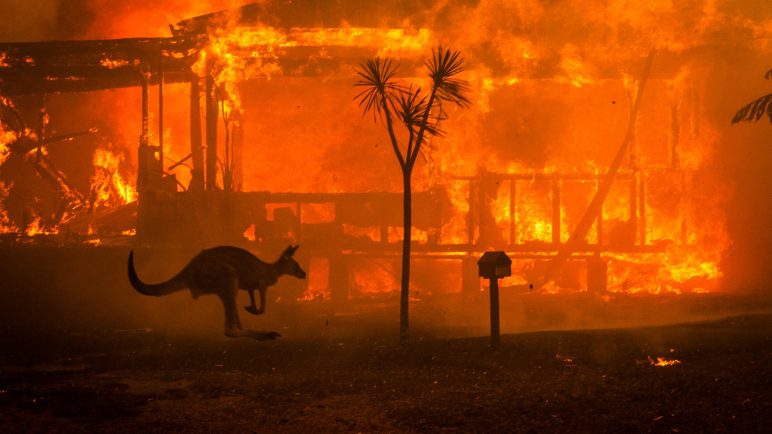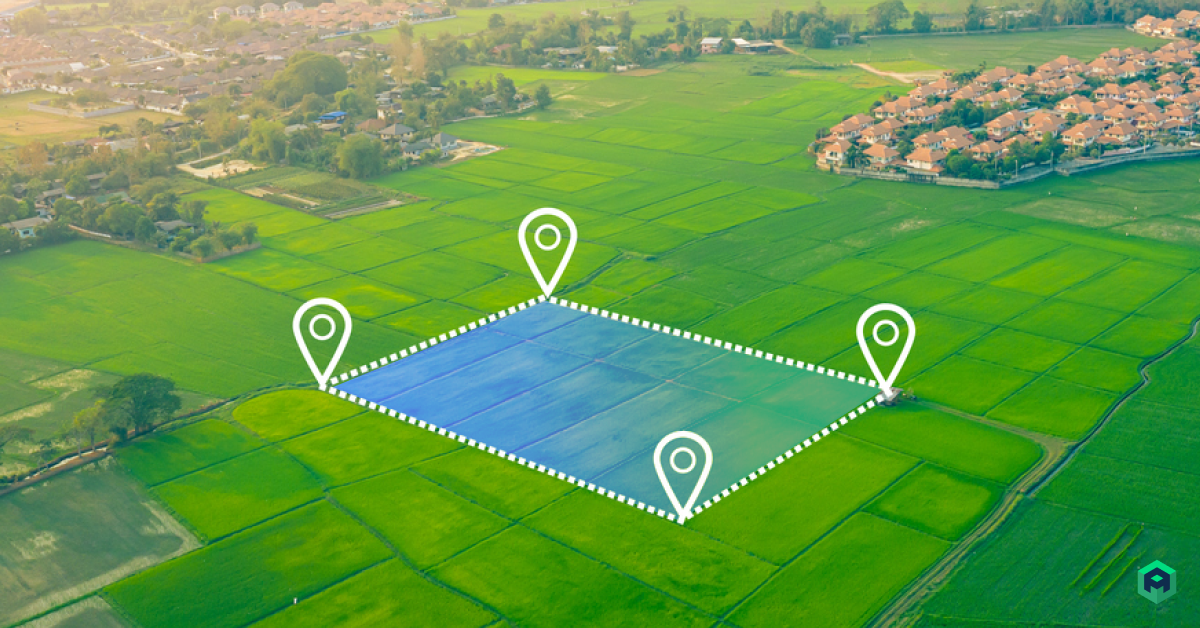Tired of making small profits off expensive land? Try looking at more affordable properties with a bigger long-term upside.
What attracts most property developers to Green Belt land?
For starters, it’s about as cheap as land can be, which means that it can be highly profitable to develop on it. But if you’ve already thought about developing property in the area at some point, you probably also had the same second thought as most property developers.
It’s just so difficult to get planning permission for developments on Green Belt land.
That’s the bad news.
The good news?
It’s not impossible.
While it might be more challenging than developing in other areas, you shouldn’t simply abandon your Green Belt land development projects plans.
Doing certain things might give you the edge and fast-track your application process. And this article will share five tips to make it happen.
The Five Tips
Tip #1 – Create a Compelling Reason for Developing the Land
There are many reasons to build on Green Belt land, some more compelling than others. Although you might be interested only in having access to a larger development property, profits, and creative freedom, regulatory authorities need more convincing.
So, you should look at some of the factors that might persuade them.
For example, building on Green Belt land with no agricultural value or protected wildlife is a good idea. Developing in an area with a known housing crisis can also give you an advantage. You could also point out that your project might present an affordable alternative to those living in nearby urban areas. Therefore, your project could have a positive effect on the property market.
Give people enough options away from overpriced townhouses, and prices could begin to drop across the board.
Tip #2 – Consider Focusing on Eco Builds
In recent years the eco-home trend has increased in popularity. So, if you’re having a hard time getting your way, consider shifting from traditional homes to eco-friendly builds.
Such developments can get special consideration, especially when trying to build on Green Belt land. Sustainability and innovation are appreciated and might even get you the planning permission you want.
Furthermore, the number of environmentally conscious renters and homeowners is slowly increasing. What was once a tiny niche market is growing at a consistent pace.
Thus, you don’t have to look at eco-builds as something not worth considering or challenging to get a good return on investment from. Eco-builds can be viewed as innovative and less destructive.

Tip #3 – Be Wary of Bushfire Risk
Much of the Green Belt land in Australia is prone to bushfires. It’s a major safety concern that has been addressed in numerous ways over the years. As a result, most zoning and planning guidelines consider the bushfire risk levels in any given area with potential for development.
You’re not allowed to build in certain parts of the country, no matter how many precautions you’re willing to take. So, to increase your chances of getting a stamp of approval, look for Green Belt land that is less prone to bushfires. Doing so can also benefit your long-term goals and protect your margins.
Developing on land with a lower bushfire risk means that you’re not legally bound to use premium fire-resistant materials. Thus, you can lower your development costs.
Tip #4 – Check if the Land Even Needs Planning Permission
What if you already have a property on Green Belt land and you’re looking to extend the property or raise some auxiliary outbuildings?
In some of these situations, the fact that you’re on Green Belt land might not carry additional restrictions. For existing properties, similar regulations apply as in other areas.
Small extensions, minor renovation work, and some beautification projects could fall under permitted development grants. That means you don’t need to get permission to carry out your project.
Of course, you should ensure that you’re not in a zone that’s part of a Conservation Area, National Park, or Areas of Outstanding Natural Beauty.
Tip #5 – Know What to Look for When Seeking “Strategic Land”
What many refer to as Green Belt land, others call the strategic land. It’s a rather new segment of the property market that’s enjoying increased demand from developers.
While homeowners can’t see the value in parcels on Green Belt land, property developers certainly do. As a result, they’re constantly seeking out strategic land either right in the thick of the Green Belt or around it.
The reason for it is simple.
This land boasts amazing future potential. Therefore, while the land is cheap, investing now can generate substantial profits in a long-term development plan.
That said, the Green Belt is rather large. So, what does strategic land mean right now?
It’s usually plots near expanding settlements. The parcel should be close enough to urban areas and have good infrastructure, yet far enough from them that the prices are still low.
And although difficult to deal with, restrictions equal dollar signs. The stricter the regulations governing a plot of Green Belt land, the cheaper it tends to be.
Why?
Few developers are willing to fight for planning permissions.
However, heavy restrictions and cheap land won’t be an issue if you’re playing the long game. You have plenty of time to create a comprehensive and convincing plan to present to your local council and get those permissions.
Green Belt Land is a Property Developer’s Paradise
No, it’s not an over-exaggeration.
To start with, most land under the Green Belt classification is very cheap. It has massive long-term potential due to the inevitability of expanding urban areas and suburbs.
The demand for affordable housing and lack of supply has already caused more people to shift away from high-density urban development projects. Therefore, people are willing to relocate further away from busy areas.
Despite local and state government agencies placing heavy restrictions on Green Belt land to slow down urbanisation, the peoples’ needs will have to be met somehow.
Therefore, getting your hands on Green Belt property sooner rather than later can make a big difference in your return on investment. Remember that simply because zoning and planning rules are strict doesn’t mean they’re impossible to meet. It just takes more research and due diligence.
If you’re ready to get started, Archistar can give you an edge.
The zoning filter enables you to spot the locations of Green Belts across the country.
Get started for free: [https://www.archistar.ai/] and discover new development opportunities in minutes.

